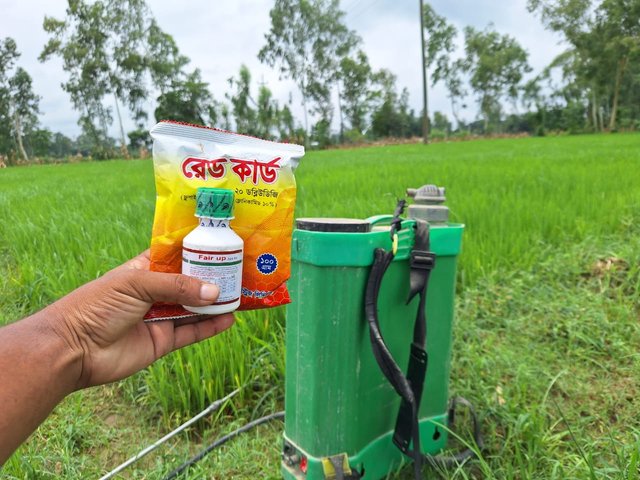
Modern technology is being used in present day agriculture. Every aspect of agriculture is being improved by technology. Pesticides are being used for diagnosis and prevention of crop diseases and are both cost and time consuming compared to the old methods. Today I have learned a lot as a third week agriculture student and am going to share some of my practical experiences.
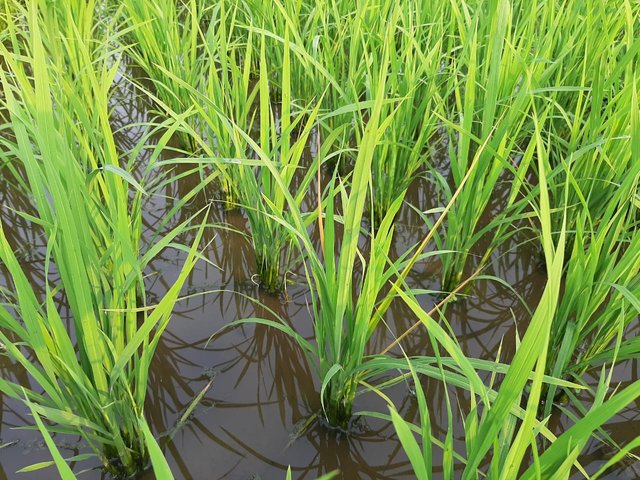
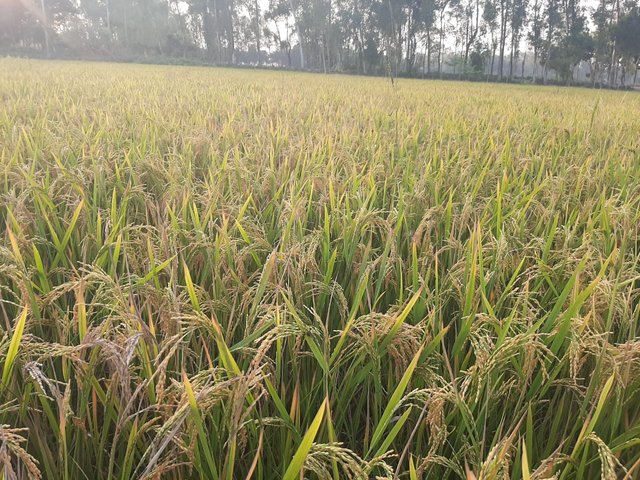
I am directly and indirectly involved in the production of several crops. I produce some crops including rice, potato, chilli, maize. When I visit the field this time, the paddy season is on and the crop is 20+ days old at which time the rice plants are infested with maggots. The presence of maggots can be observed with the drying of rice plants. Also other pests are seen at different times. These pests are black-headed weevil, rice leaf-roll disease, brown planthopper, hopper, anthracnose, and also the farmer's enemy, the rat. Anthracnose is a fungal disease that causes root rot, while brown grasshoppers suck the sap and eat the sap. Basically, the presence of pests can be detected by regular monitoring of crops. Rats are the most damaging to rice. Rats cut the paddy plants in different parts of the paddy field and carry the crop to the pit.
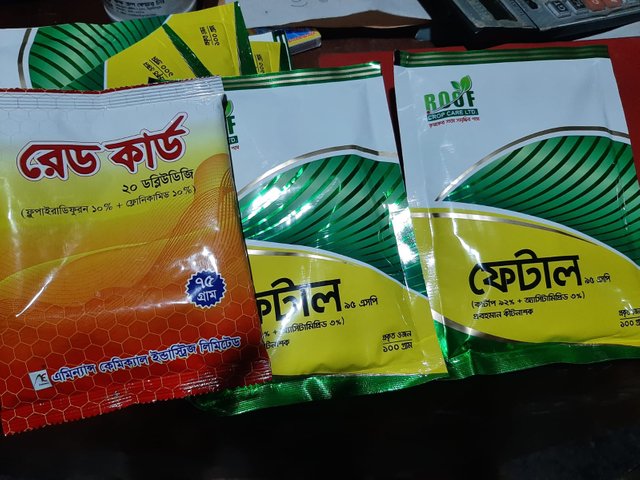
We try to control it with majra daman and shikar nematode. The first enemy of rice is this maggot, which causes great damage to the crop if not controlled at the right time. Let's mention some of the pesticides I use. We use several pesticides in our different fields.
I use Kartap, Flupyridinfuram + Flonicamid, Fipronil for control of maggots.
For nematode control we use granular insecticide 10g which is significantly effective in nematode control.
Azoxystrebin + Difenoconazole is used for fungal control.
I use pymetrazine + nitenpyrum for brown planthoppers.
youtube
Foremon Bait: I've seen a lot of natural insect repellants used on vegetable crops. Crops like pumpkins have a type of fruit borer that bores holes in the fruit and the fruit is destroyed. Sex phoremon traps are used in vegetable fields including sweet pumpkin, brinjal, tomato, etc. using phoremon bait to attract and kill male insects by dropping them in water.
Lighting: Insects can be suppressed by using colored lights at night with buckets filled with water under lights.
Glue Paper Fade: Sticky colored paper can be placed on the crop field to attract insects and control it with glue.
Rat control: I use natural methods for rats, in which I take open rat poison and mix it with dried fish or wheat, rice and put it on the land where there are rats, which kills the rats. If you have land next to your house, do not use food poisoning as it can kill poultry.
We develop agriculture using bio-chemicals. Biochemicals are derived from animals, plants. Increases bio-chemical soil nutrients which significantly aids in crop growth. Biochemicals are an important and essential component of all crops. Biochemistry is particularly important for environmentally friendly organic crop production.
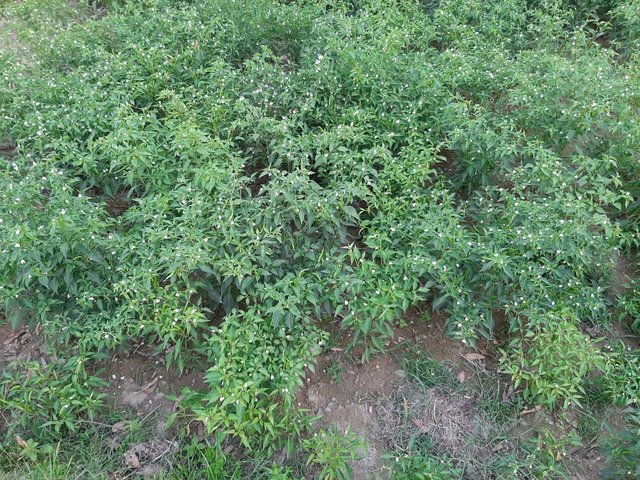
For paddy, maize, almonds, chillies we are reaping many benefits by using bio-chemicals. We apply it to every crop field at initial stage. Using bio-chemicals only destroys the harmful insects without destroying the beneficial ones. Overall, bio-chemicals are significantly important for sustainable agriculture by reducing the use of chemical fertilizers.
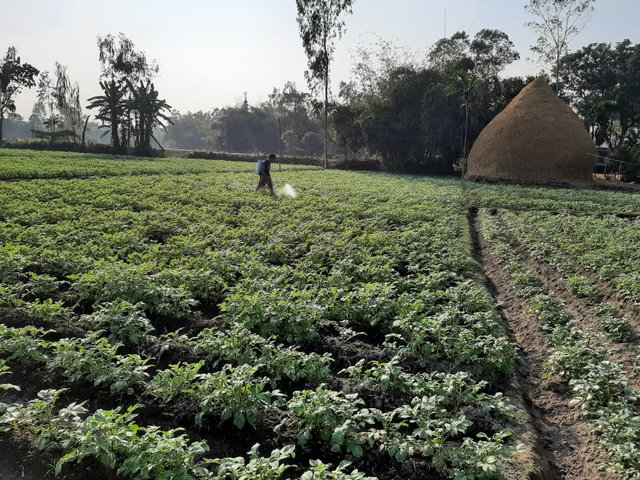
| Insects | Pesticides | Quantity per litre |
|---|---|---|
| Mazra | Cartop + Acetamiprid | 1.5 ml |
| Brown tree grasshopper | Pymetrazine + Nitenpyram | 1 ml |
| Hopper insect | Imidachloroprid | 2 ml |
| Armyworm (Corn) | Chlorpyrifos + Cyphermethrin | 2 ml |
Also many pesticides are used to treat various insect infestations. These are among my most used pesticides. I invite you @azwar82 @mdkamran99 @ahsansharif to participate in this contest.

Good luck to you.
I wish you well
Observations and suggestions:
Nice to read your post, you are involved in a lot of agriculture. Hope you achieve good results in your projects. The chemicals you are using on the agricultural land for the pest are very good for Bangladesh. Pheromone fudge works well for herbaceous plants. How does fairup work for hardware? For corn borer you can use fenproperthrin + pyriproxyfen. It gives good results.
Feedback:
Downvoting a post can decrease pending rewards and make it less visible. Common reasons:
Submit
InshaAllah, I will cultivate corn in January, then I will take your advice for corn. Thanks for your valuable review.
Downvoting a post can decrease pending rewards and make it less visible. Common reasons:
Submit
Upvoted. Thank You for sending some of your rewards to @null. It will make Steem stronger.
Downvoting a post can decrease pending rewards and make it less visible. Common reasons:
Submit
Your post is educational and inspiring for all of us. Agricultural development needs such a solution! Good luck for this contest.
Downvoting a post can decrease pending rewards and make it less visible. Common reasons:
Submit
This post has been upvoted/supported by Team 7 via @httr4life. Our team supports content that adds to the community.
Downvoting a post can decrease pending rewards and make it less visible. Common reasons:
Submit
Thanks for your valuable support @httr4life
Downvoting a post can decrease pending rewards and make it less visible. Common reasons:
Submit